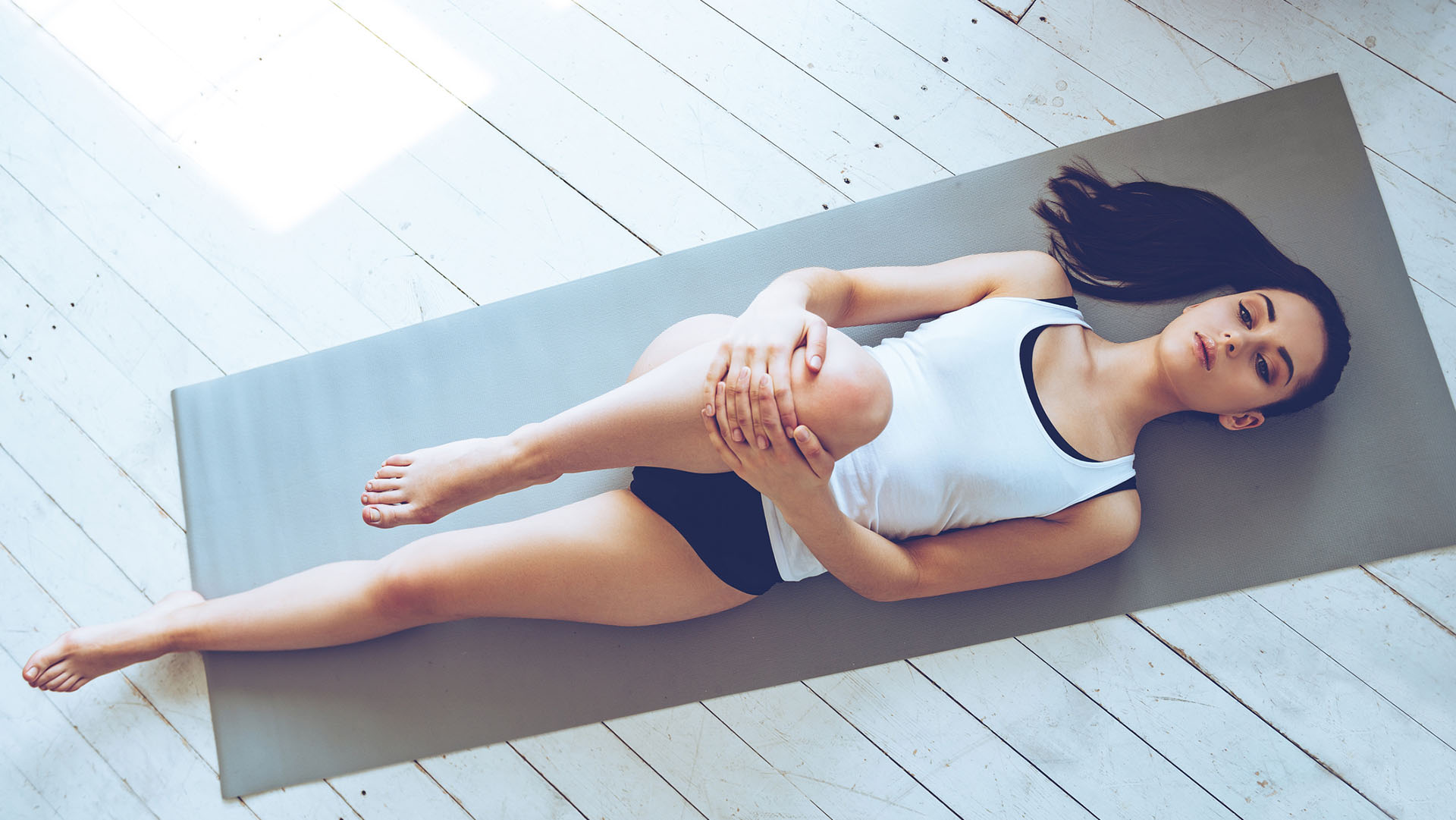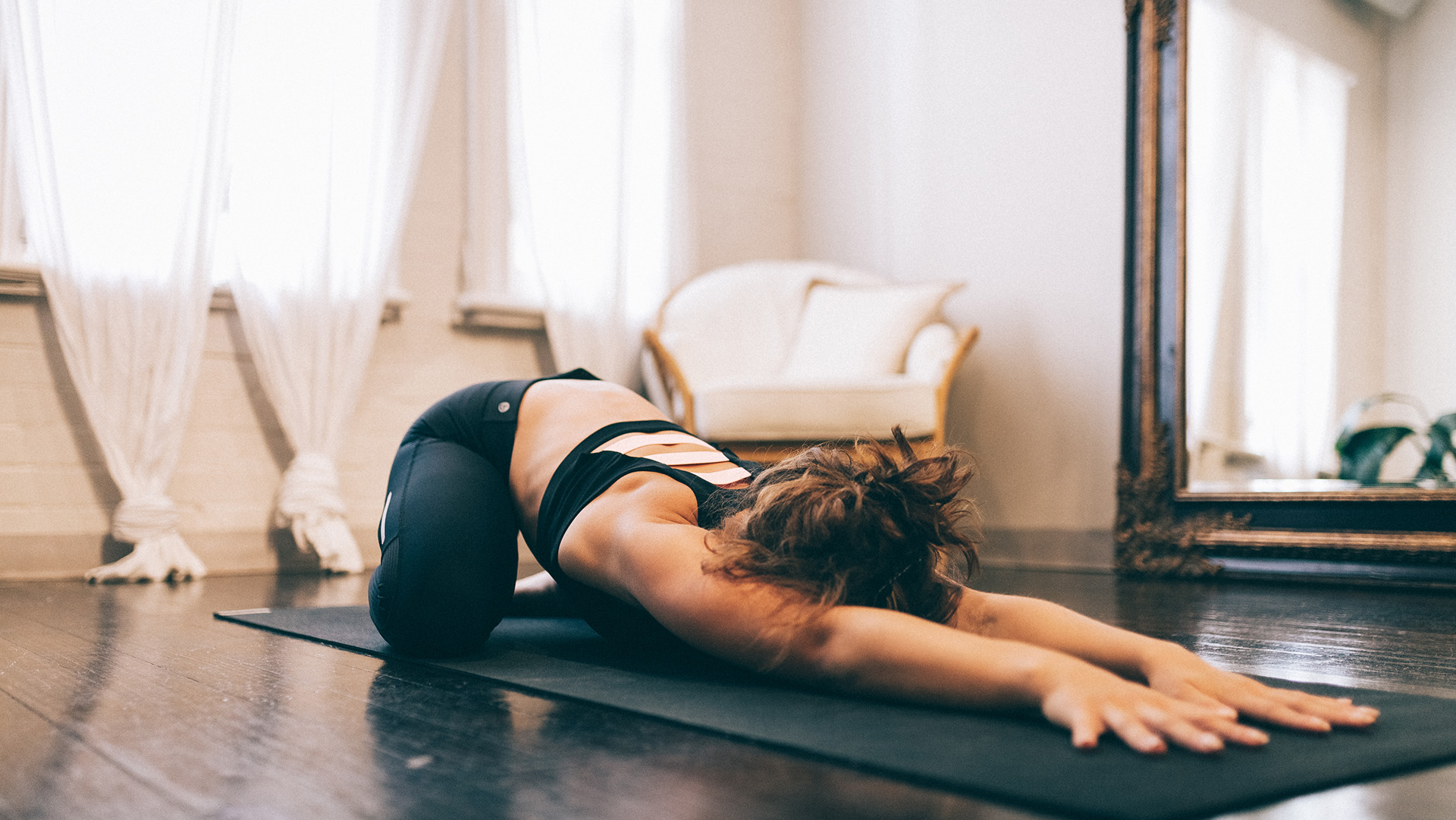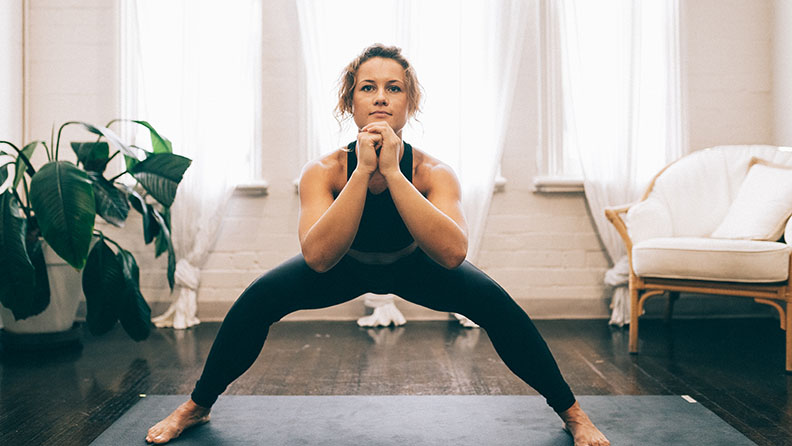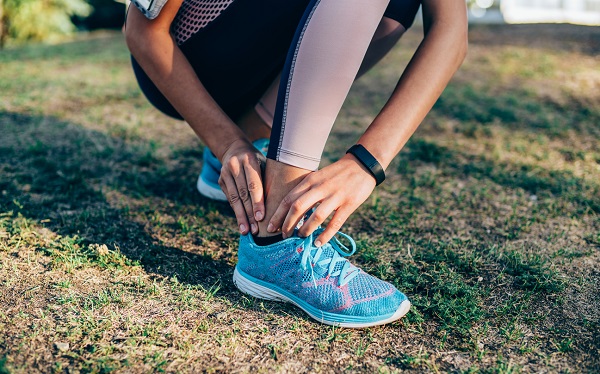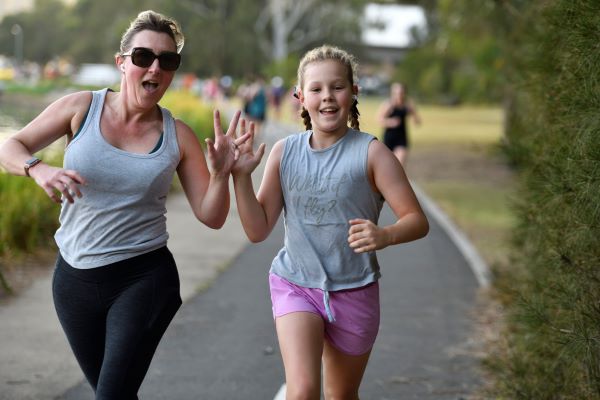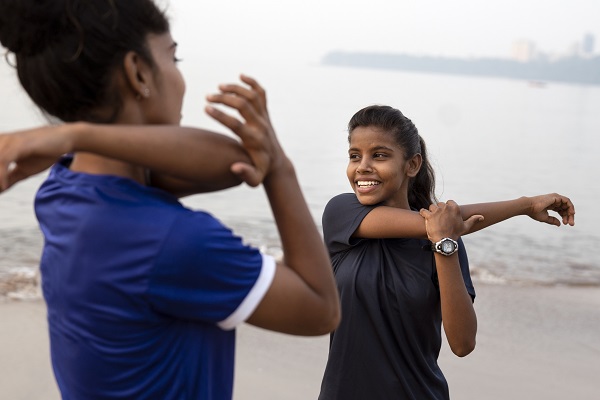-
Whether you’re an aqua baby or a seasonal bather, the key to an effective swimming routine is to mix it up with a variety of strokes and drills at different intensities. Not only will it give you a better workout, it helps keep things interesting too!
To help you take your swimming up a notch, we’ve pulled together a list of drills for aquanauts of all styles.
Kickboard
The unassuming kickboard can pack a punch, right in the glutes. This simple device is not just a kids’ floaty, or an accessory for slow-lane punters. It’s a gateway to burning leg muscles and a core of steel. Adding a few laps of kickboard to your routine will help build leg strength and develop kicking skills. Just remember to flick your feet. For reluctant swimmers, it’s a great way to boost confidence in the water. And the best part is, your arms get a rest.
Side kick
Roll, kick and reach for the end of the pool in side kick. It might feel foreign at first, but this simple stroke is brilliant for perfecting the basics of swimming: balance and breath.
Top swimmers rotate their bodies slightly from side to side and reach forward with each stroke for maximum efficiency. To master it, kick on your side with your bottom arm extended out and your top arm by your side, keep your face down in the water and roll slightly to breathe.
Pull buoy
The funny, peanut-shaped thing also known as a pull buoy works wonders for your human propellers. Place it between your thighs so your legs are floating out flat. Pull yourself through the water with a freestyle stroke, leading with your fingertips and keeping your elbows up high. It won’t take long before you feel the sting in your upper body.
Catch-up
This drill slows down your tempo to focus on improving efficiency and developing technique. It’s similar to freestyle, but you wait for one arm stroke to finish before starting the next. In other words, one arm is working while the other is stretched out in front. After a few laps of catch-up you’ll start to feel a steadier tempo and find better body control.
Mix it up
Swimming a mix of strokes not only works and stretches different muscles, it can also help build confidence in the water.
After swimming freestyle, backstroke is great for reversing tension in your arms, whereas breaststroke can relieve tightness in your legs. If you’re less confident, try just legs for both strokes. For backstroke, kick on your back, arms either side of your ears and for breaststroke, hold a kickboard out in front and focus on kick, glide, kick, glide.
Count your strokes
Working out your distance per stroke is a great way to track progress. Start with a lap of freestyle and count each stroke. Try it again slowed down and think about technique, breath and tempo. You may find your second lap uses less strokes. Focusing on technique before speed will help you travel further with each stroke and be a more efficient swimmer.
Make a splash: 5 ways to get better at swimming

-
Stretches for gym enthusiasts
8 stretches to help you cool down from workouts
-
Stretches for office workers
Stretch out your back and relieve stress
-
Stretches for runners
Stretch your legs, hips and back after a long run
-
How to walk 10,000 steps
Discover how to easily reach your goal of 10,000 steps daily.
-
Everything you need to know about parkrun
Been wondering what a parkrun looks like? Where do you go? What do you do? How do you sign up? Find out here.
-
Five ways to exercise when on a budget
You don’t need to spend money on gym memberships just to meet your fitness goals. Here are five free ways to stay healthy and active when you’re living on a budget.
